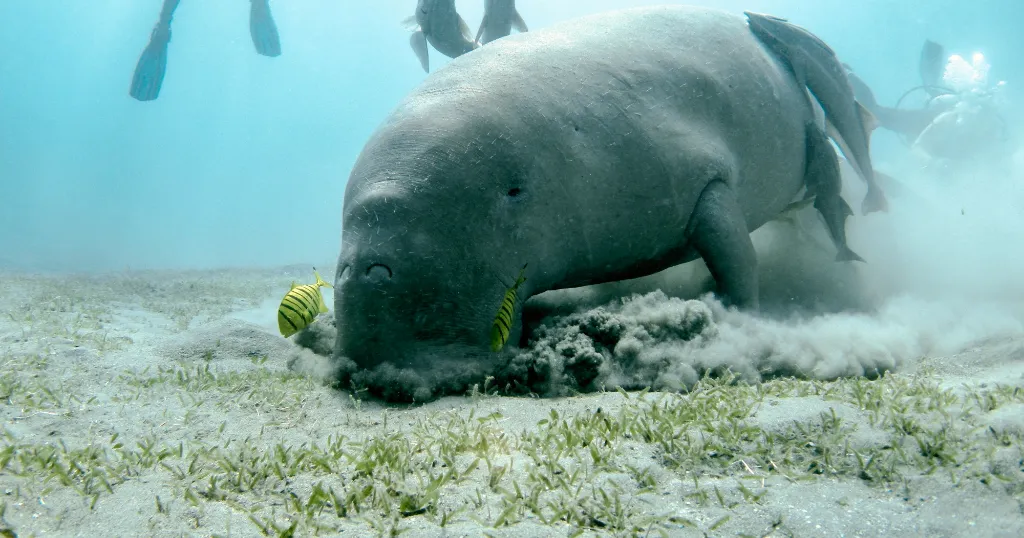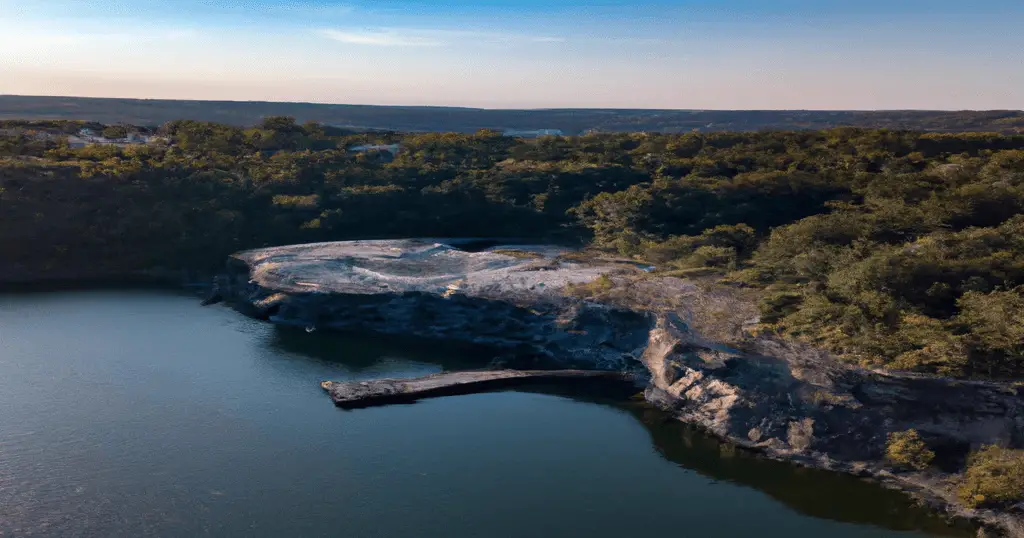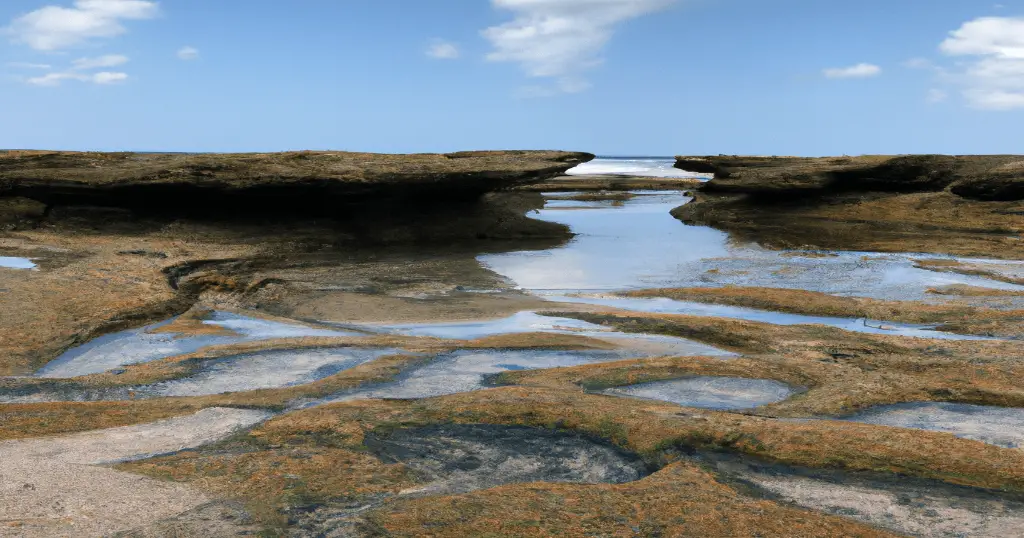The Everglades, a mesmerizing expanse of natural wonders in Florida, not only harbors breathtaking landscapes but also provides an opportunity to encounter the beloved manatees in their element.
Amidst the Everglades’ sprawling beauty, there are standout locations where these gentle giants can be best observed, most notably, the Flamingo Marina, Chokoloskee Island, and the Ten Thousand Islands National Wildlife Refuge. Join us on a journey through these remarkable spots, where manatee sightings are a common occurrence, offering an unforgettable experience for wildlife enthusiasts and nature lovers alike.
Where to see manatees in the Everglades?
The Everglades is an excellent place to spot manatees in their natural habitat. In addition to the Everglades National Park itself, there many promising manatee habitats in the surrounding area.
Here is a map that shows all the locations, where we stumbled upon manatees during our week-long adventure across the Everglades:
1. The Flamingo Marina
Tucked away in the southern reaches of the Everglades National Park, the Flamingo Marina offers visitors an unforgettable encounter with the gentle giants of the sea – the manatees. Known for their shy demeanor and elusive nature, spotting a manatee can be a treat for any wildlife enthusiast, and the Flamingo Marina is one of the best places to do just that.
These adorable marine mammals tend to be more visible during the winter months, making it an ideal time for your visit. As you watch the tranquil waters of the marina, don’t be surprised if you see the snout or the tail of a manatee break the surface. Keep in mind that they are like aquatic introverts, preferring to spend most of their time submerged, coming up for air every 8-12 minutes. This brief respite at the surface may seem fleeting, but it’s an exhilarating sight that’s worth every moment of the wait.
One of the highlights of the Flamingo Marina is the possibility of spotting a mother manatee and her calves. This sight not only offers a glimpse into the nurturing world of manatees, but it’s a heartwarming spectacle that will undoubtedly be the highlight of your day.
Other animals you might spot at the Flamingo Marina:
- Ospreys (there’s a huge Osprey nest right next to the canal)
- Dolphins
- Sea Turtles
- Roseate Spoonbills
- American Alligators
2. Chokoloskee Island
Nestled on the western fringes of the Everglades, Chokoloskee Island is a manatee lover’s dream. This lush, tranquil island is a hotbed for these fascinating marine mammals, serving as a veritable sanctuary where they thrive in their natural habitat.
Thanks to the abundant vegetation and the island’s strategic location, the surrounding waters of Chokoloskee Island are known to host a healthy population of manatees. It is not unusual for visitors to catch sight of these gentle giants serenely floating by, their characteristic tails creating gentle ripples on the water surface.
One of the best ways to maximize your chances of a manatee encounter is by embarking on a boat tour. These tours, designed with respect for the manatees’ habitat, offer an up-close and personal experience. Everglades National Park has implemented new measures to enhance manatee protection around Chokoloskee Island. An array of 16 regulatory markers have been installed in Chokoloskee Bay, delineating new boating speed zones.
Other animals you might spot near Chokoloskee Island:
- American Alligators
- West Indian Whistling Ducks
- Ospreys
- Bald Eagles
- Green Sea Turtles
- River Otters
- Anhingas
3. Ten Thousand Islands National Wildlife Refuge
Residing in the southern portion of the Everglades is the magnificent Ten Thousand Islands National Wildlife Refuge. This expansive preserve is an eco-paradise, where mangrove islets weave together to form a lush labyrinth, and manatees navigate its waterways with graceful ease.
To make the most of your manatee watching experience, consider joining an airboat excursion or sightseeing tour. Designed to respect the delicate ecosystem of the refuge, these tours bring you face-to-face with the gentle giants in their unspoiled habitat. As you navigate the seemingly endless maze of mangroves, the thrill of spotting a manatee’s rounded form surfacing for air is an experience you won’t soon forget.
The allure of this refuge doesn’t stop with manatees. This untouched wilderness is also home to an impressive array of other wildlife, making every trip a thrilling exploration. You may also spot:
- American Alligators
- Various Frog Species
- White-Tailed Deer
- Brown Pelicans
- Ospreys
- Reddish Egrets
- Florida Panthers
- Loggerhead Turtles
- Bottlenose Dolphins
- Roseate Spoonbills
4. Big Cypress National Preserve
Big Cypress National Preserve stands as a testament to the state’s rich biodiversity. Home to a plethora of native wildlife, this preserve also provides an inviting habitat for manatees, making it an exciting destination for those eager to catch a glimpse of these enchanting creatures.
Within the preserve, the waterways meander like veins through the landscape, teeming with life and serving as a vital lifeline for its inhabitants. These aquatic trails create an environment perfectly suited to the needs of manatees. They offer an abundance of seagrass – a mainstay of the manatee diet – and the warm, shallow waters provide a safe and comfortable home for these gentle marine mammals.
A prime spot to increase your chances of spotting a manatee is the Big Cypress Swamp Visitor Center. The area behind the center, in particular, is known to host four resident manatees. The center’s proximity to the preserve’s waterways allows for occasional delightful appearances by these manatees, much to the delight of the visitors. Witnessing the serene spectacle of a manatee emerging from the water’s surface here is a moment of pure magic that nature lovers wouldn’t want to miss.
Other animals that inhabit the preserve:
- Florida Panthers
- American Alligators
- White-Tailed Deer
- River Otters
- Eastern Diamondback Rattlesnakes
- Red-Shouldered Hawks
- Wood Storks
- Everglades Minks
5. Marco Island
Situated on the Gulf of Mexico’s tranquil waters and just west of the Everglades, Marco Island presents an idyllic setting for wildlife encounters, including the beloved manatee. This barrier island, celebrated for its vibrant wildlife, is a cherished haven where manatees thrive.
Marco Island’s warm, clear waters and plentiful vegetation create a nourishing habitat that these gentle marine mammals find irresistible.
Besides manatees, Marco Island is also a great destination for bird watching, as various species of shorebirds, ospreys, pelicans and bald eagles inhabit the island.
6. Collier Seminola State Park
Located at Route 92 and the Tamiami Trail lies the diverse expanse of Collier Seminole State Park. This hidden gem of Florida is home to a vast array of threatened species, including the endearing manatee.
Navigating this park isn’t your typical walk in the woods; instead, it offers an enchanting canoeing adventure. The park’s administration allows a select number of visitors each day to embark on a 13.5-mile canoe trip that winds through a unique ecosystem. This journey takes you through a verdant forest of buttonwood and white mangroves and an expansive salt marsh. The thrill of spotting a manatee in these serene waters is heightened by the dense mangrove foliage that provides a captivating backdrop.
We really enjoyed canoeing at the park for three major reasons
- Close Encounter: A canoe allows you to get closer to manatees than larger boats due to its small size and quiet operation, providing a more intimate and memorable experience.
- Pace and Control: Canoeing lets you control your speed and direction, allowing you to pause and observe at leisure when you spot a manatee.
- Cost-Effective: Canoe rentals are generally more affordable than motorized boat tours, making it a budget-friendly option for wildlife watching.
If you want to increase your chances of finding manatee in the park, you can camp there and head out on daily excursions.
Other unique animals you may find during your adventures in the park:
- Wood Storks
- Bald Eagles
- Red Cockaded Woodpeckers
- American Crocodiles
- Florida Black Bears
- Florida Panthers
- Mangrove Fox Squirrels
What is the best time to see manatees in Florida?
They can be seen year-round in the state, but ideally, you want to look for them between November and March.
Manatees are large, slow-moving, but migratory marine mammals. They are cold-sensitive and prefer waters that are about 68 to 72 degrees Fahrenheit. When the sea temperature drops in the Gulf of Mexico drops below this range, typically in the winter months, they migrate to warmer waters. As Florida has an extensive network of springs that stay around 72 degrees all year round, this makes the state a popular wintering spot for manatees.
The best time of day to spot them
The best time of day to see manatees is usually early in the morning, right after sunrise. This is the time when they are typically most active. During these hours, manatees are often grazing on seagrass beds, which makes them easier to spot.
Midday can also be a good time for viewing, particularly during the winter months, as manatees will often surface to warm themselves in the sun. However, the specific timing can vary based on the weather, the tide, and the location.
Mating season can be spectacular.
Manatee mating season typically runs from April through October, although it can sometimes extend outside these months. During this time, it is rare to see Manatees in Florida, but if you do spot them, it will likely be an entire “mating herd”.
A mating herd is a group of manatees consisting of a single female, or cow, and multiple males, or bulls, that follow her around trying to mate. Mating herds can have a dozen or more males vying for the attention of one female, and the group can sometimes become quite animated and splash around, making for a spectacular sight.
Tips for swimming with manatees
Many of the places where you can see manatees also allow you to swim with them. However, with great joy comes great responsibility. Here are some tips to make the most out of this unique experience:
- Book a Guided Tour: Consider attending a guided tour from a reputable operator who is familiar with the regulations and best practices for swimming with manatees.
- Keep Your Distance: Always remember to keep a respectful distance from the manatees. Try not to approach them, but rather let them approach you if they are curious. Maintain at least six feet of distance to give them enough space to move freely.
- No Touching or Feeding: The Florida Manatee Sanctuary Act of 1978 makes it illegal to disturb manatees in any way. Also don’t touch or feed them. If a manatee approaches you, resist the urge to reach out and touch it. Always keep your hands to yourself.
- Observe Silently: Manatees are peaceful and slow-moving creatures. Sudden movements and loud noises can stress them. Therefore, move slowly and calmly in the water and avoid splashing.
- Use Snorkeling Gear: Using snorkeling gear allows you to observe the manatees in their full glory. While under the water, they often strike fierce, charismatic poses that will make your day! While snorkeling, avoid diving or swimming under the manatees.
- Don’t go near resting manatees: Manatees sometimes float motionless near the surface or on the bottom when they are resting. If you see a manatee in this state, do not disturb it.
- Call 800-DIAL-FMP, if you see a dead, injured or harassed manatee.
A brief history of manatees in the Everglades
Approximately 12,000 years ago, manatees, initially tropical creatures, ventured north from the Caribbean to the Everglades, seeking refuge in its sun-warmed “river of grass” and abundant food supplies. As they continued to explore, they discovered the natural springs in northwest Florida, a region known for its karst geography, which further supported their population growth.
With human settlements came a disruption of this equilibrium. The springs were not only coveted by the manatees but also offered desirable resources for humans. Evidence suggests manatees were hunted for food by these settlers, leading to a growing distrust of humans among the manatee population. Rapid technological progress in the 20th century amplified the human impact on Florida’s ecosystems. As south Florida became a vacation and retirement hub, wildlife, including manatees, faced increased threats from high-speed boats and pollution. However, growing awareness and legislative actions have led to more robust conservation efforts, providing hope for the manatees’ future in the Everglades.
Other places in Florida to see Manatees
Florida’s Fish and Wildlife Conservation Commission made this detailed map that outlines the best places to see manatees in the wild or in captivity.
The mecca for manatee spotting is undoubtedly Crystal River, due to its vicinity to the Gulf of Mexico, spring-fed waters and ecotourism initiatives.
We also have guides on where to see manatees in the following locations:



